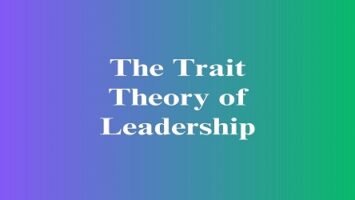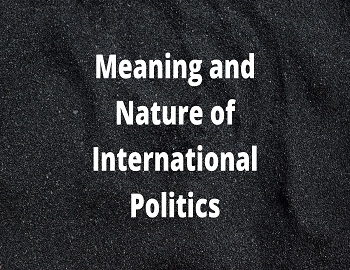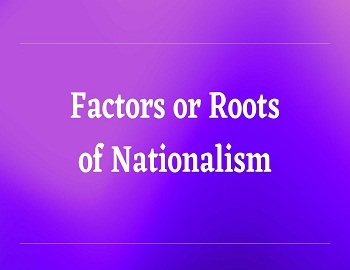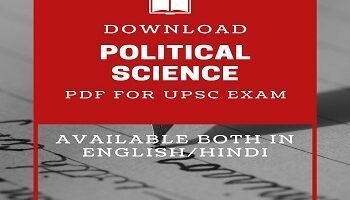The Indian Independence:
In 1946, there was a tense situation in India. The Muslim League proclaimed direct action on 16 August 1946. Jinnah declared that the Muslim League would not yield even an inch in its demand for Pakistan.
At this juncture, the British Government decided to set India free. Mr. Attlee, the Prime Minister of England, made a historical statement in the House of Commons. He pointed out that “the present state of uncertainty is fraught with danger and cannot be indefinitely prolonged. His Majesty’s Government wish to make it clear that it is their definite intention to take necessary steps to effect the transference of power to responsible Indian hands by a date not later than June 1948.” Attlee further declared that if by June 1948, a constitution was not framed by a fully Representative Constituent Assembly, “His Majesty’s Government will have to consider to whom the power the central; Government in British India should be handed over on due date; whether as a whole to some form of Central Government for British India or in some area to the existing provincial Governments, or in some other way an may seem most reasonable and in the best interests of the Indian people.”
On June 3, 1947, the Mountbatten plan was published. It stated that “it has always been the desire of His Majesty’s Government that power should be transferred in accordance with the wishes of the Indian people themselves. This task would have been greatly facilitated if there had been agreement among the Indian political parties. In the absence of such an agreement, the task of deciding a method by which the state of the Indian people can be ascertained has devolved to his Majesty’s Government. After full consultation with political leaders in India, His Majesty’s Government has decided to adopt this plan.”
In his broadcast on June 3, 1947, Lord Mountbatten declared: “The whole plan may not be perfect, but like all plans, its success will depend on the spirit of goodwill with which it is carried out. I have always felt that once it was decided in what way to transfer power, the transfer should take place at the earliest possible moment, but the dilemma was that if we waited until a constitutional setup for All India was agreed upon, we should have to wait a long time particularly if partition were decided on, whereas if we handed over power before the Constituent Assemblies had finished their work we should leave the country without a constitution. The solution to this dilemma which I put forward is that His Majesty’s Government should transfer power now to one or two governments of British India each having Dominion Status as soon as the necessary arrangements can be made. This I hope will be within the next few months.”
It is to be noted that Muslim League accepted the June, 3 Plan on June 9, 1947, and the All India Congress Committee on June 15, 1947.
Main Provisions:
(1) The Act provided for the partition of India and the establishment of two Dominions of India and Pakistan from the appointed day (16th August 1947).
(2) Agreements with the tribes of the North Western Frontier of India were to be negotiated by the successor Dominion.
(3) The office of the Secretary of State for India was to be abolished and his work was to be taken over by the Secretary of State for Commonwealth Affairs.
(4) The title of “Emperor of India” was to be dropped from the royal styles and titles of the King of England.
(5) The right of the King to veto laws or to reserve laws for his pleasure was given up. This right was given to the Governor-General.
(6) The Act provided for the termination of the power of the Crown over the Indian States.
(7) The Act terminated British authority over India and set up two Independent Dominions each having been given free hand to make its constitution according to its will.
The Indian Independence Act was a great landmark in the history of India. Lord Samuel described it as “an event unique in history, a treaty of peace without war.” Mr. Attlee characterized it as, ‘no abdication, but the fulfillment of Britain’s mission.” Dr. Rajendra Prasad, the President of the Constituent Assembly, said, “Let us gratefully acknowledge that while our achievement is in no small measure due to our own sacrifices, it is also the result of world forces and events and last but not least it is the consummation and fulfillment of the political tradition and democratic ideals of the British race…….The period of domination over India ends today, and our own relationship with Britain is henceforward going to rest on a basis of equality of mutual goodwill; and mutual profit.”









Comments (No)